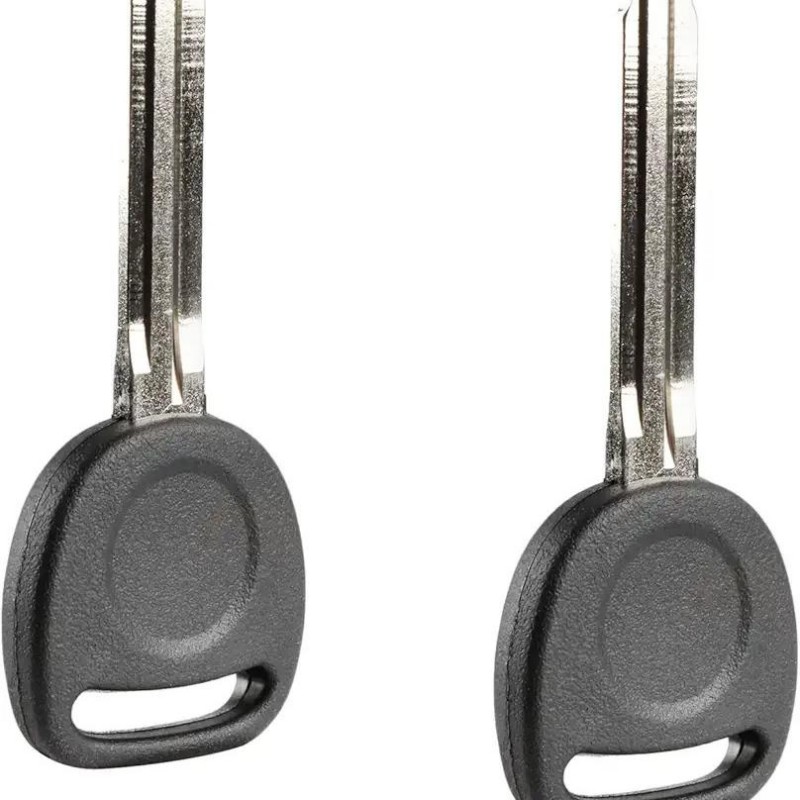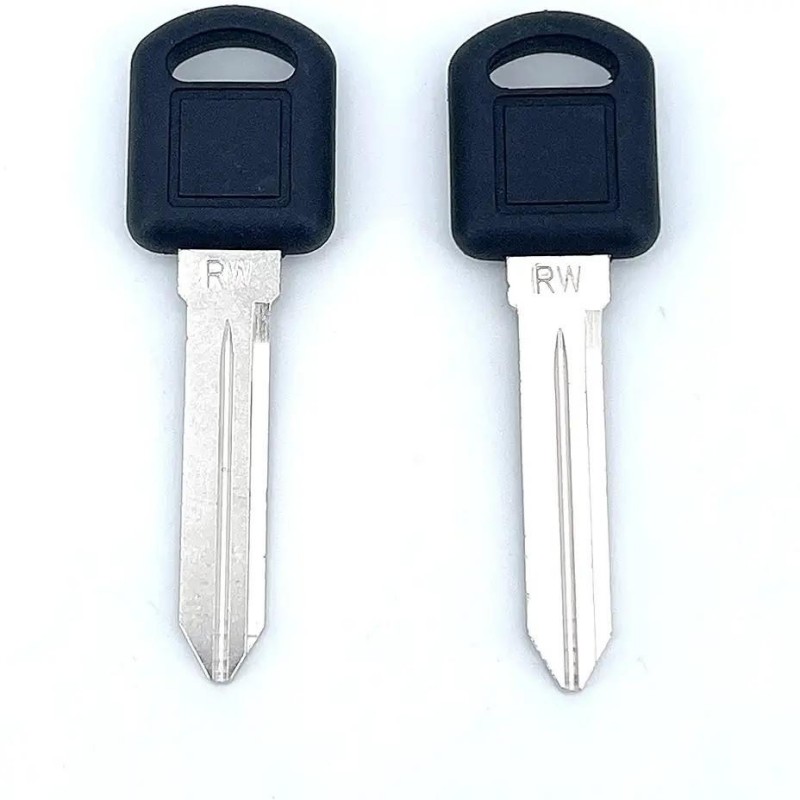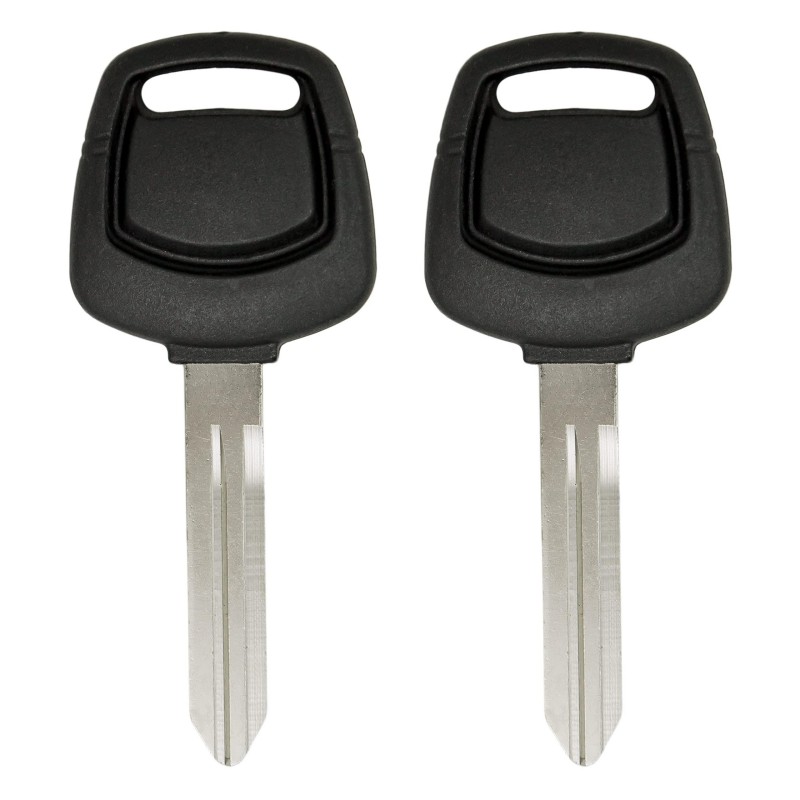Car transponder is revolutionary pieces of technology that have fundamentally changed how we interact with our vehicles and enhance their security. Specifically designed to prevent unauthorized access and vehicle theft, transponders have made traditional metal keys nearly obsolete. The transponder technology works through a small chip embedded in the vehicle key that communicates with the car’s ignition system. This digital interaction ensures that only the correct key can start the engine, forming an almost impenetrable barrier against thieves. As a result, understanding the mechanics of car transponders is essential for every vehicle owner in today’s world. Where automotive theft is a prevalent concern. This article delves deep into what car transponders are. How they function, their advantages, and ultimately how to maintain and remove them safely if needed, alongside step-by-step techniques to ensure motorists can handle this technology effectively.

What is a Car Transponder?
To comprehend the marvel of car transponder technology, we must first explore what a car transponder actually is. At its core, a car transponder is an electronic chip embedded within the vehicle’s key or built into the key fob. This microchip generates a specific code that must be recognized by the vehicle’s onboard computer before the engine can start. The unique aspect of this system is that the vehicle will not respond until it receives the correct code, which is ultimately designed to discourage theft.
The system was developed in the late 1990s and has since become a standard feature in most automobiles. Unlike conventional keys that simply unlock the car doors and allow the ignition to turn, transponder keys have a much more complex and sophisticated role. The communication between the key and the vehicle occurs through radio frequency identification (RFID) technology, where the chip in the key emits a signal that the vehicle’s receiver recognizes. This level of security has drastically reduced the rates of vehicle theft, as criminals find it much harder to bypass such systems.
How Do Car Transponders Work?
Exploring how car transponders work involves understanding the interaction between the vehicle key and the ignition system. Each transponder key contains a unique serial number programmed into it. When the key is inserted into the ignition, or when the driver presses a button in a keyless entry scenario, a signal is sent to the vehicle’s transceiver asking for identification.
The transceiver in the vehicle emits a radio signal that activates the transponder chip in the key. If the chip responds with the correct code, the vehicle’s engine receives a green light to start. If the code doesn’t match, the vehicle will not start, and this mechanism renders the security system highly effective. Depending on the type of vehicle and engine. This process could also be involved when locking or unlocking the doors, adding to the convenience and security.

In addition to preventing unauthorized access, transponder systems can include features such as keyless entry and remote start. These advancements not only enhance usability for the driver but also promote vehicle protection. As the car remains inaccessible without the proper key signal. The introduction of transponder technology has transformed vehicle security and functionality, making it a core component of modern automobiles.
The Advantages of Using Car Transponder Keys
The introduction of car transponders has presented numerous benefits for vehicle owners beyond just basic security. For one, they provide peace of mind. The reduction in vehicle thefts has been significant since transponder technology was widely implemented, protecting your investment.
Another advantage is convenience. Transponder keys often come with additional features, such as remote entry, which allows users to unlock their cars from a distance. This is particularly helpful in adverse weather conditions or when carrying multiple bags. Some modern vehicles also offer features that allow users to customize settings such as seat positions and mirror angles once the transponder key is detected.
Car transponder systems boast a longer lifespan than traditional keys. Since they are integrated into key fobs, these keys can withstand more wear and tear than metal ones. Additionally, the encryption used in transponder technology is regularly updated to counteract potential hacking attempts, ensuring that your vehicle remains protected over time.
Finally, the process of creating duplicate keys has evolved. While traditional keys could easily be copied by shadowing, transponder key duplication requires specialized equipment and programming. This added layer of complexity makes it much harder for unauthorized individuals to create a replica and access your vehicle, further enhancing security.

How to Safely Remove a Car Transponder
While car transponders are essential for vehicle security, there may be occasions where individuals need to remove them—such as programming a new key or during repairs. It’s vital to approach this process carefully to avoid damaging the vehicle’s electrical system or immobilizer settings. Here’s a quick step-by-step guide on how to safely remove a car transponder:
- Gather Required Tools: You will need a flat-head screwdriver, a Phillips-head screwdriver, and safety gloves. It’s also smart to have a reference guide for your specific vehicle model.
- Safely Disconnect the Battery: Begin by disconnecting the vehicle’s battery. This step prevents any potential electrical surges that could damage your vehicle’s systems during the removal process.
- Locate the Transponder: Depending on the model, the transponder may be located inside the key fob or as a part of the ignition system. Consult your vehicle’s manual for precise information.
- Remove the Key Fob Case: If your transponder is within a key fob, use the flat-head screwdriver to gently pry open the case. Be careful not to snap any components.
- Take Out the Transponder Chip: Safely detach the transponder chip from the case, making sure not to touch any other internal components to avoid accidental damage.
- Reassemble the Key Fob: Close the key fob carefully and ensure it is secure. If it requires a new battery, replace it before proceeding.
- Reconnect the Battery: Finally, reconnect the battery and test your key or vehicle to ensure functionality remains intact.
Following these steps allows you to handle your car transponder safely without accidentally impairing your vehicle’s electronics. If at any point the process seems overwhelming, it’s recommended to consult a professional locksmith or dealership.

Maintenance Techniques to Extend the Life of Your Car Transponder
To ensure that your car transponder remains functional and effective throughout its lifespan. There are various maintenance techniques you can adopt. Proper care will not only save you money on potential replacements but also ensure your vehicle remains secure.
One essential practice is regular battery checks. Key fobs utilize batteries that lose power over time. Most car transponder keys will give you notice of a low battery through signaled alerts on your dashboard or key fob. Replace the battery proactively by seeking a compatible model. Performing this regular maintenance ensures your key’s transmitter sends strong signals to the vehicle’s receivers.
Keeping the key fob clean is equally crucial. Dust, dirt, or moisture can interfere with the performance of the transponder chip. Use a soft, dry cloth to clean the fob; avoid using any harsh chemicals that could break down the plastic casing or interfere with internal components.
For those with keyless start systems, it’s suggested to park your vehicle in areas where signal interference is minimal. High interference environments can sometimes lead to starting issues. Whenever possible, keep the key away from other electronic devices.
Additionally, if you notice any performance issues, such as a delayed response when starting your vehicle. It may be time to consult a professional for evaluation. Addressing issues early can prevent more significant problems later on. Following these maintenance techniques will greatly enhance the longevity of your car transponder’s functionality, keeping your vehicle secure for years to come.

Conclusion
In conclusion, car transponders represent a monumental shift in vehicle security and convenience. They are not only critical in preventing theft but also enhance the user experience with features like remote access and personalization options. Understanding the intricate workings of these devices empowers vehicle owners to appreciate and maintain them effectively. The need to remove or repair a car transponder is not uncommon, and if approached with care. Can be performed safely without compromising the vehicle’s integrity.
Through the adoption of regular maintenance techniques, drivers can prolong the life of their car transponder, ensuring continued peace of mind and security. As the automotive landscape evolves with technology advancements, staying informed about the components that protect our vehicles is paramount. In today’s world, where we rely heavily on technology, being aware of how to handle such essential components can save time, money, and stress in the long run. The car transponder is a small yet powerful element of daily transportation. And treating it with the care it deserves ensures that it continues to perform its essential functions effectively.

